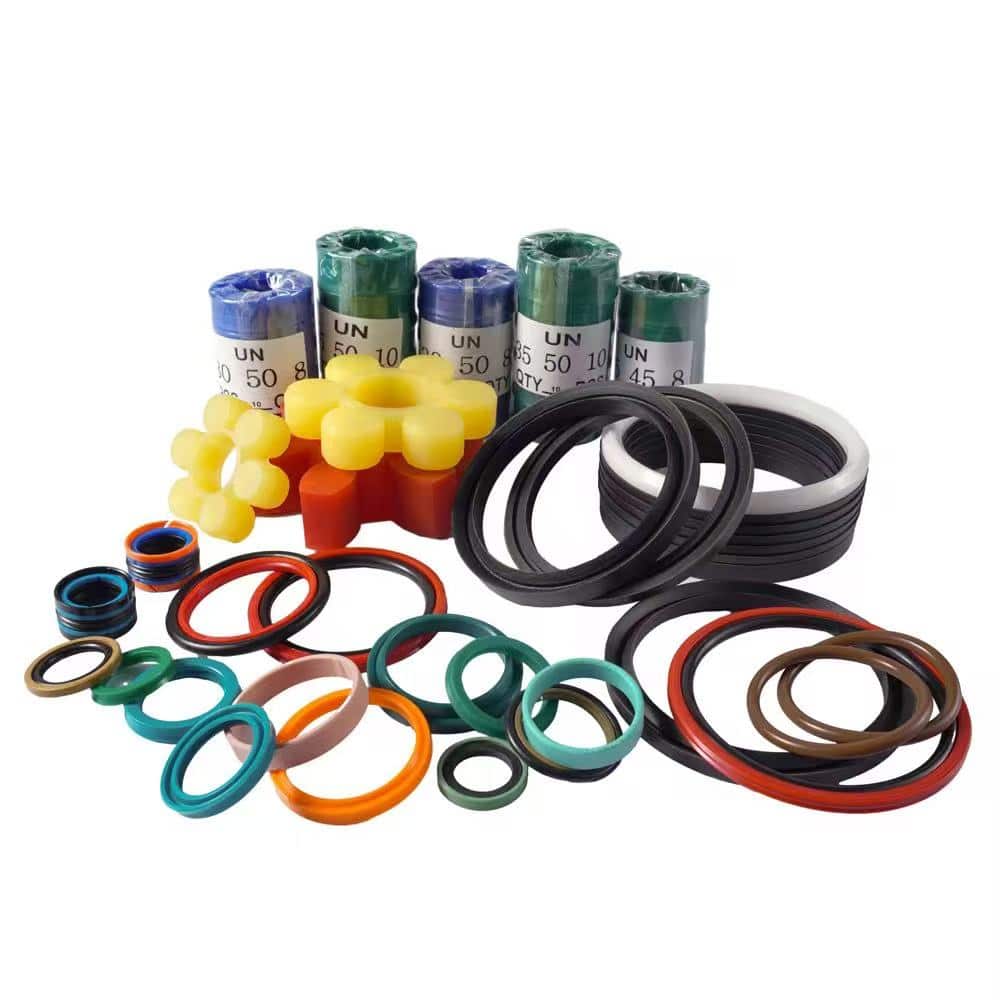Old, brittle, or cracked rubber seals can bring your operations to a halt. I’ve seen aging seals break just before installation—wasting hours of work and causing unnecessary downtime.
Restoring rubber seals can extend service life, delay costly replacements, and improve sealing performance—if done right. Let’s explore when restoration makes sense and how to do it safely.

Instead of rushing into replacements, sometimes restoration is the smart move—especially for legacy machines, large systems, or rare OEM parts.
Can rubber seals really be restored successfully?
Yes—when the damage is only surface-level. Flexibility, sealing edges, and elasticity can be revived in dried-out rubber.
If cracks go deep or the seal is heat-deformed or chemically degraded, full replacement is the safe route. Restoration is a temporary fix—not a miracle cure.
What’s the correct step-by-step process to restore rubber seals?
Many of our clients ask how to rejuvenate old rubber they’ve had in storage. Here’s the method I recommend for light-to-moderate degradation:
Step 1: Inspect the seal
- Look for hairline cracks or dryness
- Deep cracks, flakes, or chunks mean you should replace the seal
Step 2: Clean the surface
- Use isopropyl alcohol to remove dirt, oil, and debris
- Don’t use harsh chemicals like acetone or gasoline
Step 3: Apply rubber conditioner
- Use silicone-based conditioners or dedicated rubber rejuvenators
- Rub on or soak for 1–2 hours, based on product instructions
Step 4: Warm the seal gently (optional)
- Use a low-temp heat gun or warm water (never boiling)
- This opens rubber pores and enhances absorption
Step 5: Re-lubricate and test
- After 24 hours, coat with silicone grease
- Test elasticity manually before use
| حالة | Restore Possible? | Replacement Needed? |
|---|---|---|
| Surface drying only | ✅ Yes | ❌ لا |
| Edge cracking | ⚠️ Maybe | ✅ Likely |
| Shrinking/tearing | ❌ لا | ✅ Yes |
When should you replace instead of restoring?
Restoration works for minor issues, but if your application involves:
- High heat (above 120°C)
- Exposure to aggressive chemicals
- Continuous dynamic motion
Then replacement is the only safe option. Consider switching to حلقات O من FKM or silicone seals for better performance under tough conditions.
How can you make new rubber seals last longer?
Storage and handling are everything. Even premium حلقات NBR O أو EPDM seals can degrade early if poorly kept.
| Storage Tip | فائدة |
|---|---|
| Store in cool, dark space | Avoids UV and ozone aging |
| Use sealed zip or foil bags | Protects against moisture and air |
| Avoid stretching or hanging | Maintains shape and profile |
| Choose correct material grade | Match rubber to heat, oil, or chemical use |
We also explain this in our Rotary Seal Lifespan Guide—a must-read if you're maintaining stock.
Can distributors restore and resell rubber seals?
In most cases, no. But we help distributors avoid this by offering:
- Fresh stock with date coding
- Moisture-resistant, private-label packaging
- Custom O-rings for hard-to-find dimensions
If you’re keeping inventory for long-term use, just ask—we’ll help with special packaging to keep them shelf-ready for 24+ months.
خاتمة
Rubber seal restoration can save time and money—but only for minor surface aging. Deep cracks or deformation call for a smart upgrade, not a risky patch.
Still unsure if restoration will work?
Send us a photo or measurement—we’ll let you know if it’s safe to restore or if it’s time to replace.
📧 البريد الإلكتروني: [email protected]
📱 واتساب: +86 17622979498
We respond in 12 hours or less, and there’s no MOQ for replacements or custom orders.
Related topic
مجموعة حلقات مطاطية O: كيفية اختيار المادة المناسبة لتطبيقك
O Ring Buying Guide: How to Choose the Perfect Seal for Your Needs
كيفية إطالة عمر أختام العمود الدوار الخاص بك؟


